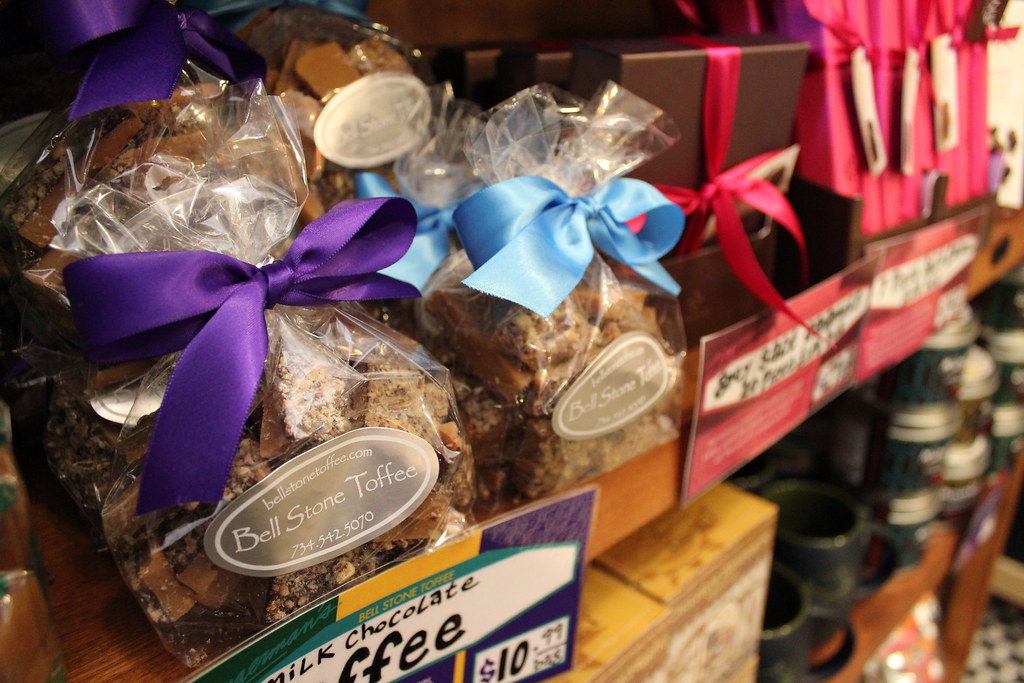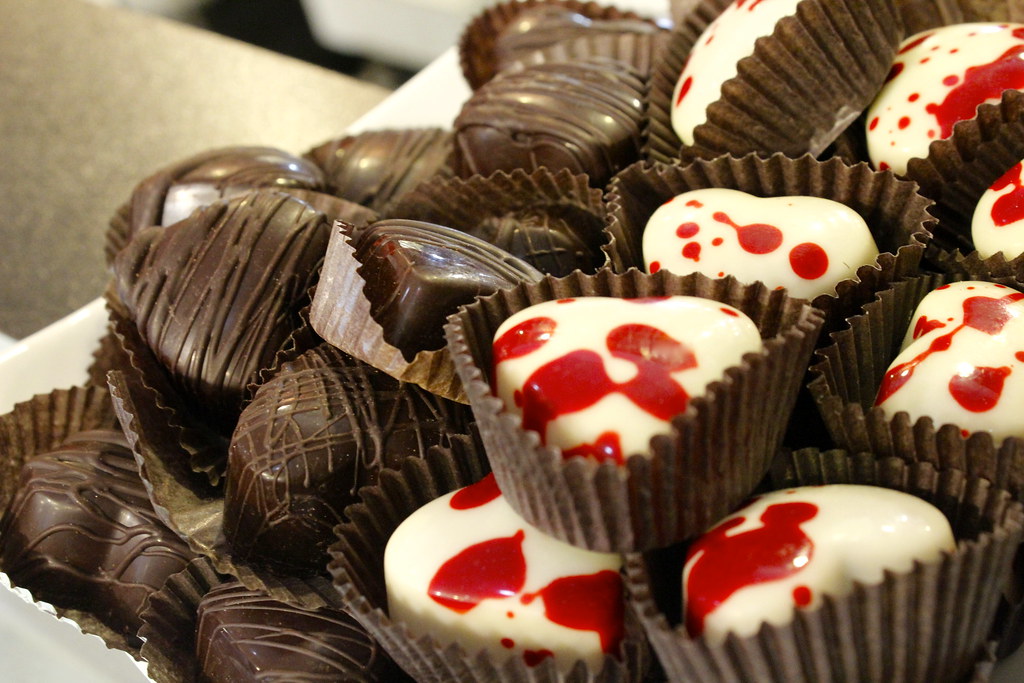Chocolate 101

Chocolate = happiness. It's science.
That's because chocolate contains phenylethylamine, the same chemical that is released by your brain when you fall in love. The sweetness of chocolate also triggers the release of endorphins.
But with so many variations of chocolate out there, you really may not know what type you're biting into. So whether you're receiving a box from your boyfriend or using the treat to comfort you on Single Awareness Day, we've broken down all the types of chocolates you'll encounter come February 14th.
Unsweetened Chocolate
This chocolate is bitter and should only be used for baking purposes (seriously, don't snack on this). It is made of almost 100% cocoa solids and mixed with some form of fat to produce a solid substance. When paired with sugar, it is used as the base of brownies and cakes. Only use unsweetened if the recipe calls for it!
White Chocolate

Photo by Zoe Zaiss
White chocolate is made of cocoa butter, sugar, milk solids, vanilla, and lecithin. White chocolate does not contain cocoa solids or chocolate liquor, so many do not even consider it chocolate. The lack of cocoa solids is what makes it white and gives it its mild and sweet flavor.
Bittersweet Chocolate
Bittersweet chocolate is unsweetened chocolate with additional sugar, vanilla and a high percentage of cocoa products. This combination creates a flavor that is rich and intense. It is used interchangeably with unsweetened chocolate in baking and cooking.
(Rule of thumb: the higher cocoa percentage, the less sweet the chocolate).
Semi-Sweet Chocolate
Semi-sweet chocolate is made the same way as unsweetened chocolate, but with a pinch of sugar, cocoa butter and vanilla for a sweeter taste. Semi-sweet is used in fondues, in baking and for decorative purposes.
Milk Chocolate

Photo by Zoe Zaiss
This type contains 12% milk product (liquid milk, milk powder or condensed milk). It also has butter and sugar, which gives it a sweet taste and makes it perfect for candy bars. Fun fact: the first candy bar was created in 1876 when Swiss candymaker Daniel Peter added condensed milk to chocolate.
Dark Chocolate
Dark chocolate is made primarily with sugar, cocoa, and cocoa solids. It does not contain milk, which distinguishes dark chocolate from milk chocolate and gives it a more pronounced chocolate taste. Dark chocolate has been said to lower blood pressure, improve blood flow to heart and brain, control blood sugar, and lowers risk of cavities. It has minerals such as potassium, copper, magnesium, and iron, as well as other helpful antioxidants.
The post Chocolate 101 originally appeared on Spoon University. Please visit Spoon University to see more posts like this one.

